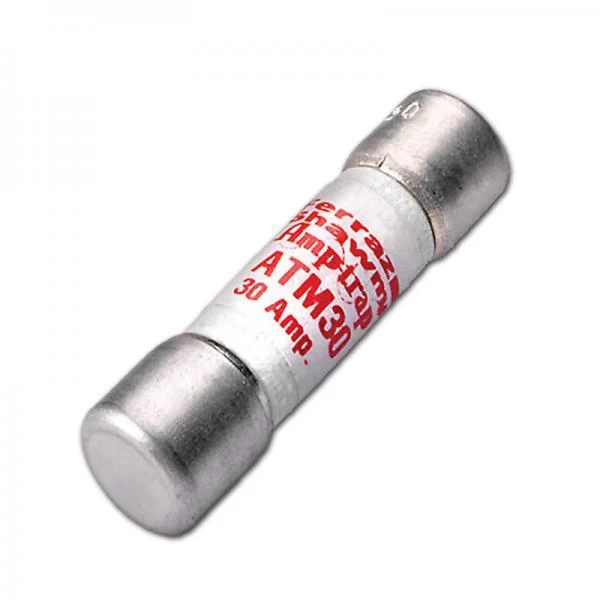Introduction to High Voltage Fuses

High voltage fuses are critical components in modern power systems, designed to protect electrical circuits from overcurrents and short circuits. These fuses must operate reliably under high voltage conditions, often in the range of kilovolts, to safeguard the sophisticated infrastructure of today’s electrical networks. Their design and application come with unique challenges and considerations, necessitating a careful approach to ensure safety and efficiency. This article delves into these complexities, exploring the intricacies of high voltage fuse design for reliable protection in today's sophisticated electrical grids.
Design Challenges
Material Selection and Thermal Management
One of the primary design challenges in creating high voltage fuses is the selection of appropriate materials. The materials must withstand high temperatures and electrical stresses without degrading over time. This requirement becomes crucial when considering the thermal management of the fuse. Efficient heat dissipation is necessary to prevent thermal runaway, a condition where an increase in temperature leads to further increases in temperature, potentially causing the fuse to fail.
Arc Quenching and Interruption Capability
High voltage fuses must have excellent arc quenching properties to quickly extinguish the arc that forms when the fuse operates. The interruption capability of a fuse, or its ability to successfully interrupt the current flow, is a critical parameter. It determines the fuse's effectiveness in protecting the system against fault currents. The design must ensure that the fuse can interrupt current swiftly to minimize the duration of fault conditions and reduce the risk of damage to other components in the circuit.
Performance Considerations for High Voltage Fuses
Current Rating: The current rating of a fuse specifies the maximum continuous current it can safely carry without blowing. Selecting the appropriate current rating is essential to ensure the fuse protects the circuit without unnecessary interruptions during normal operation.
Interrupting Rating: This rating indicates the maximum fault current the fuse can interrupt. A high interrupting rating is crucial in applications prone to high short-circuit currents, such as near power generation sources.
Time-Current Characteristic: The time-current characteristic curve describes the relationship between the magnitude of the overcurrent and the time it takes for the fuse to melt. Selecting the appropriate time-current characteristic ensures the fuse differentiates between harmless current surges and sustained overloads that require interruption.
Fuse Coordination: Coordinating fuses within a system ensures that faults are cleared at the closest point to their origin, minimizing damage and downtime. This involves selecting fuses with appropriate interrupting ratings and time-current characteristics throughout the electrical distribution network.
Advantages and Disadvantages
Reliability and Protection
High voltage fuses are favored for their reliability and ability to protect expensive and sensitive equipment from damage caused by electrical faults. They provide a clear indication of fault occurrence and localize problems, facilitating easier maintenance and repair.
Cost and Maintenance Considerations
While fuses are generally cost-effective and require minimal maintenance, replacing a high voltage fuse can be expensive and time-consuming, especially if the fuse operates frequently. Additionally, the selection of fuses with appropriate ratings and characteristics is vital to prevent unnecessary outages and equipment wear.
Types of High Voltage Fuses
Different types of high voltage fuses are designed to meet the specific requirements of various power systems. These include expulsion fuses, which are commonly used in utility networks, and current-limiting fuses that quickly interrupt the current flow, limiting the fault duration and energy.
Designing high voltage fuses for modern power systems necessitates a delicate balancing act. Engineers must address the challenges posed by complex grid dynamics, high voltage arc quenching, space constraints, and material considerations. By understanding the design challenges, types of high voltage fuses, and critical performance parameters, we can ensure the continued development and deployment of reliable and effective high voltage fuses, safeguarding the operation and integrity of our ever-evolving power grids.




